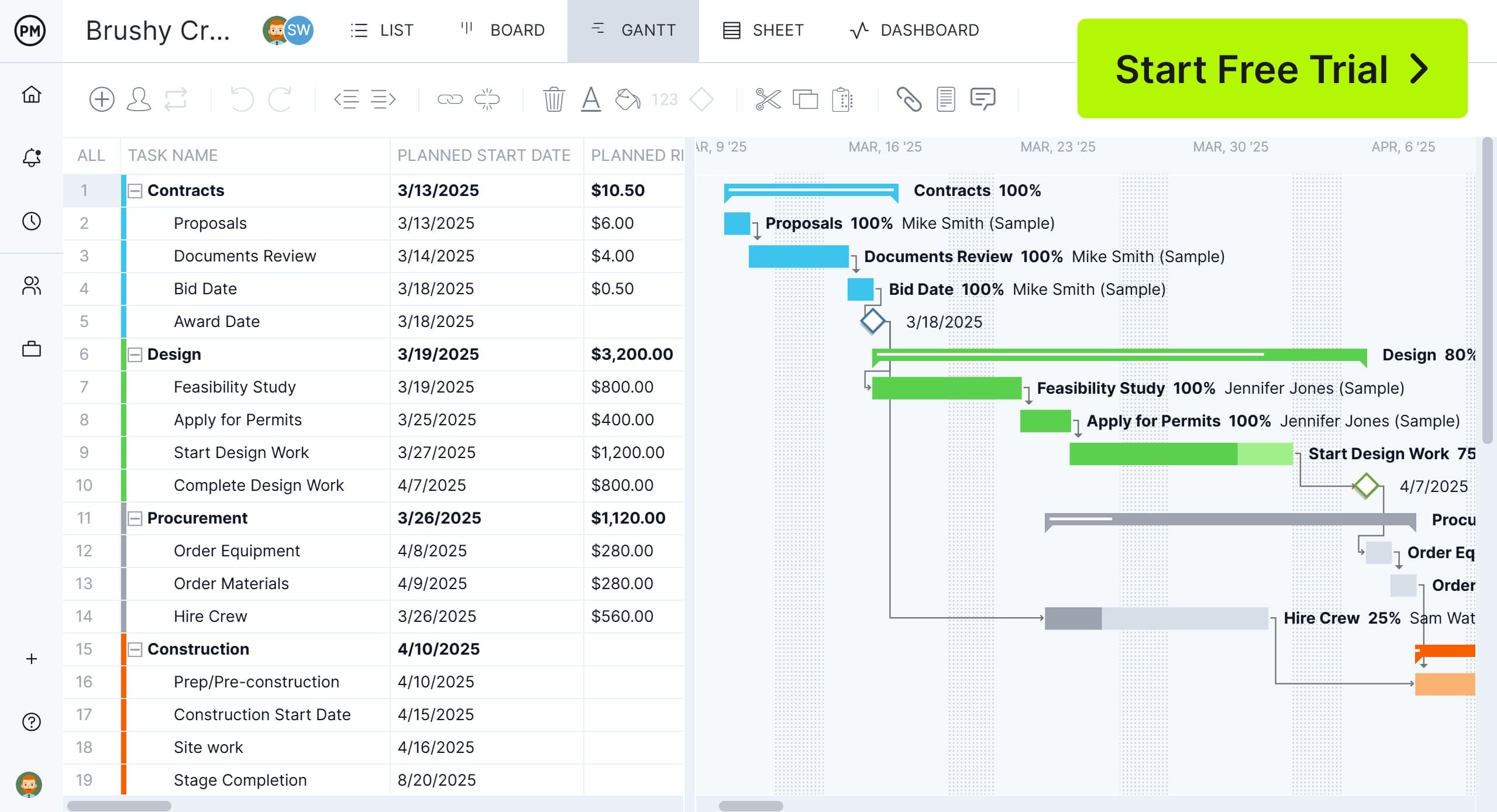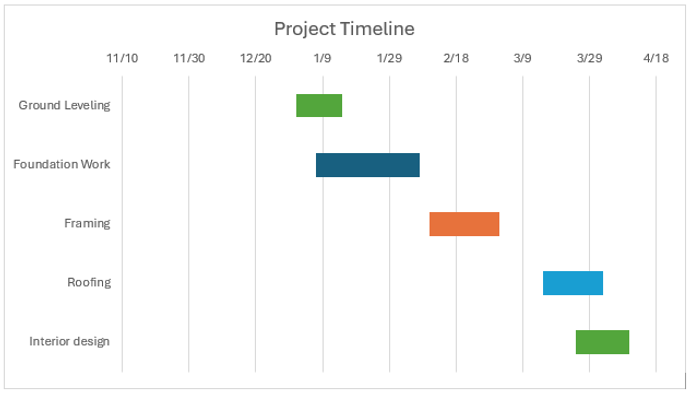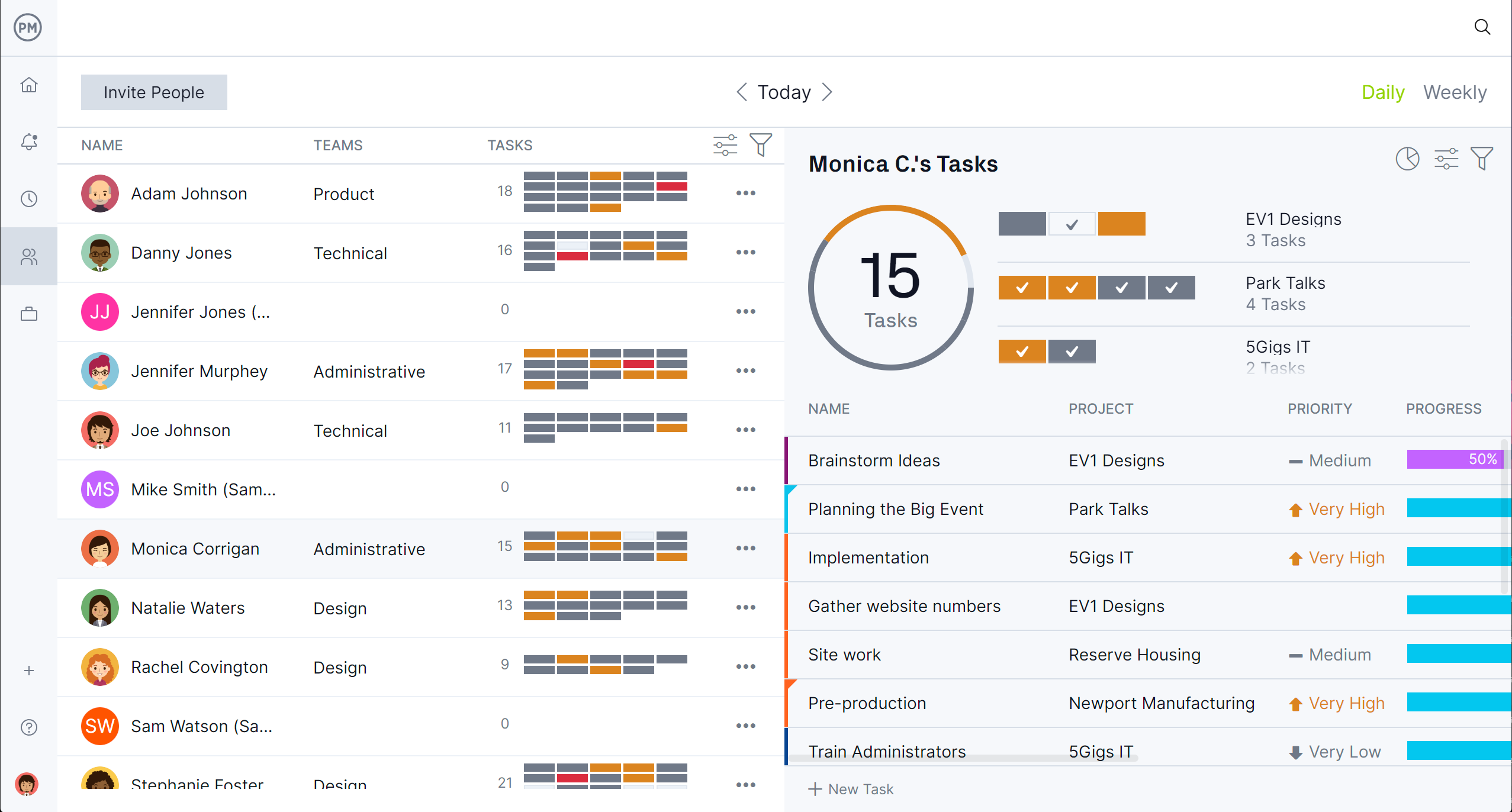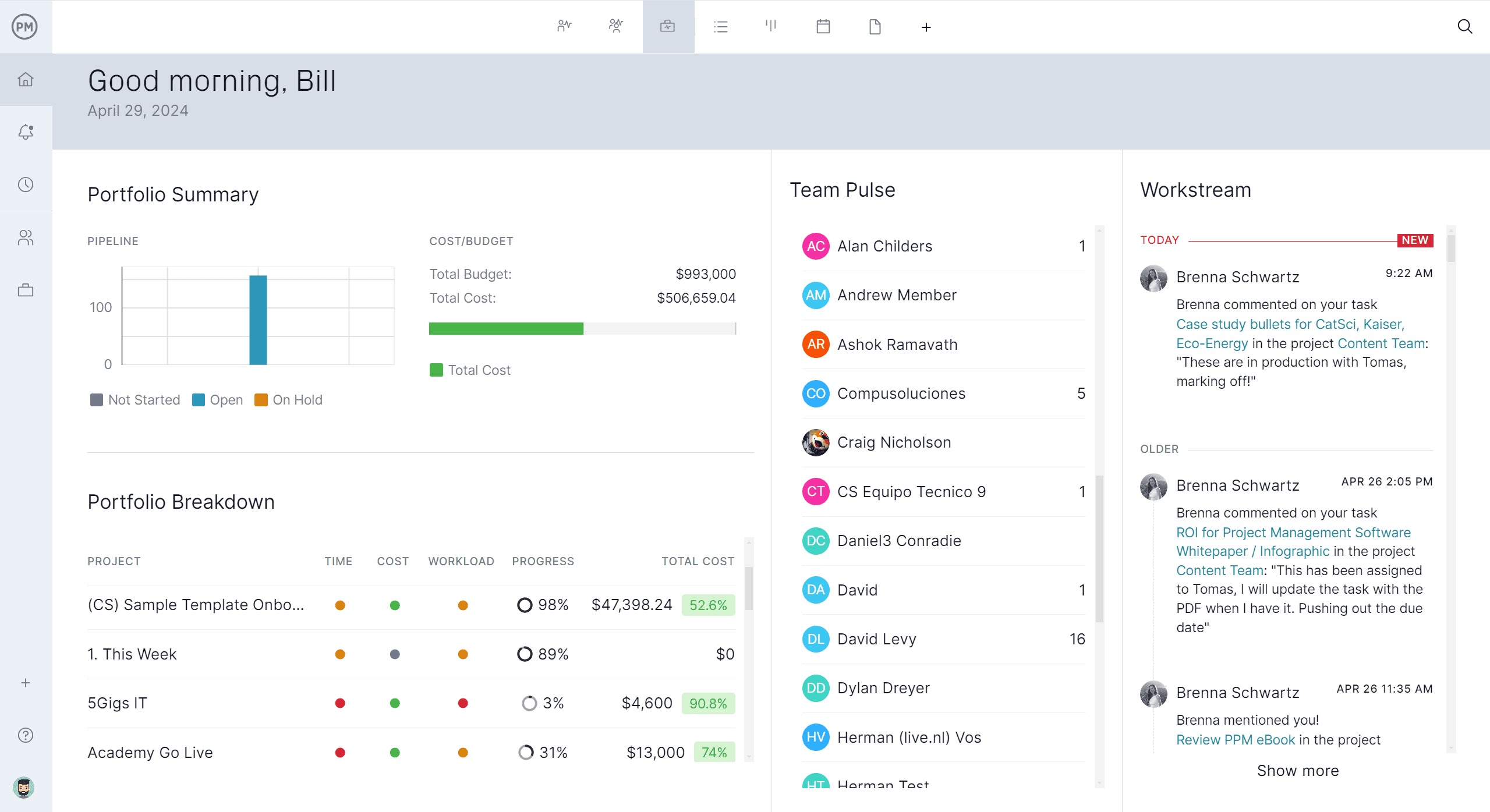Grant proposals play a crucial role in helping organizations secure the funding they need to launch or sustain mission-driven projects. Whether you’re part of a nonprofit, educational institution or grassroots initiative, crafting a compelling grant proposal can make the difference between idea and execution. For emerging ventures, particularly those seeking government funding, the ability to communicate purpose and impact is essential.
That’s where a grant proposal template comes in. It simplifies the writing process by offering a clear framework, helping applicants focus on the content rather than formatting. With well-structured sections and prompts, this template ensures that all critical elements—such as the problem, solution, goals and budget—are professionally presented and easy to follow. Whether you’re applying for a local community grant or a national funding program, this resource helps you stay organized and submit proposals that meet funders’ expectations.

Why Use a Grant Proposal Template?
Writing a grant proposal from scratch can be daunting, especially when the stakes are high and deadlines are tight. This grant proposal template removes the guesswork by guiding you through every essential component funders expect. It helps you present your project’s purpose and outcomes with clarity while demonstrating that your organization has a well-thought-out plan and the capacity to deliver results.
By organizing your content into strategic sections—from the project’s goals and scope to its timeline and budget—the template ensures consistency and professionalism across your application. It prompts you to define why your project matters, how it will be executed, how success will be measured and how the funding will be used responsibly. Ultimately, this template saves time, boosts confidence and increases the likelihood of securing support by making your proposal more complete, persuasive and funder-ready.
A grant proposal template, when the grant is approved, can transition into a Gantt chart to schedule the work. It translates the written plan, such as goals, activities and timelines, into a visual project schedule. This includes resource planning and financial tracking. At this point, it’s time to put away the template and upgrade to project management software.
ProjectManager is award-winning project and portfolio management software with robust Gantt charts that take the data collected in the grant proposal template and schedule its tasks, resources and costs. More than that, our Gantt chart links all four types of task dependencies to avoid cost overruns, filters for the critical path to identify essential tasks and slack and sets a baseline to track progress in real time. Get started with ProjectManager today for free.

When to Use This Grant Proposal Template
This grant proposal template is best used when applying for public or private funding tied to a specific project or program. It’s particularly useful for nonprofits, educational institutions, research teams and startups seeking government grants, foundation support or philanthropic contributions. Whether you’re launching a new initiative, scaling an existing program or responding to a targeted funding opportunity, this template provides structure to create a strong, professional proposal quickly and efficiently.
Who Should Use This Free Grant Proposal Template?
This free grant proposal template is ideal for nonprofits, community organizations, educational institutions, research teams and early-stage startups that need funding for mission-driven projects. It’s especially helpful for those applying for government grants, foundation support or philanthropic funding. Whether you’re a first-time applicant or a seasoned grant writer looking for a time-saving structure, this template offers a clear, easy-to-follow format to ensure your proposal meets common funder expectations and highlights the value of your work.
How to Use This Grant Proposal Template
Using this grant proposal template is straightforward. Each section guides you through a critical part of the application process, ensuring your submission is clear, complete and persuasive. Below is a step-by-step overview of how to fill out the key components of the template and tailor them to your project’s specific goals and funding requirements.
1. Write a Statement of Need
The first step is to craft a compelling statement of need. This section explains the core problem or issue your project aims to address and why it matters. Funders want a clear understanding of the problem, backed by data or evidence and how it impacts a specific population or area. Be sure to include relevant statistics, community input or research findings. A strong need statement lays the foundation for your proposal and helps funders connect emotionally and logically with your mission.
2. Define the Project Purpose, Goals and Objectives
Next, outline your project’s purpose, major goals and specific objectives. The project’s purpose explains what you intend to achieve overall. Goals represent broader outcomes, such as reducing food insecurity or increasing access to education. Objectives, on the other hand, are the measurable steps you’ll take to achieve those goals, like delivering workshops, building infrastructure or distributing materials.
3. Define the Project Scope
This part defines the work to be completed, including specific tasks, their dependencies, the expected deliverables and the criteria for their acceptance. The project scope also outlines what isn’t included, any assumptions made during planning and constraints that may affect execution.

Key milestones are listed with descriptions and target dates, helping to track progress and manage expectations. This ensures everyone involved understands the boundaries, responsibilities and major deadlines of the project from the beginning.
4. Budget Justification
A budget justification explains how each line item in your project budget supports your objectives. It gives funders clarity on how their money will be used and demonstrates financial accountability. This section should include rationales for personnel costs, materials, equipment, administrative expenses and any indirect costs. Be concise but thorough—each cost should align with specific activities in your proposal and contribute directly to the success of your project.
5. Estimate Costs and Make a Project Budget
Include a detailed, line-item breakdown of all project expenses. Common categories include personnel, equipment, materials, travel and indirect costs. Clearly show total funding requested and any matching or in-kind contributions to reflect your project’s financial scope.

6. Establish a Project Timeline
A project timeline helps funders understand how and when each phase of your project will unfold. It provides structure and accountability, showing that your team has a realistic plan to meet key milestones.
This template includes a fully functional Gantt chart built directly into the Word file. You can edit the task names, durations and dates to customize your project schedule and visualize your progress from start to finish.

7. Make an Evaluation Plan
Describe how you’ll measure the success of your project. Include the methods, tools and indicators you’ll use to assess outcomes and impact. Also explain who will be responsible for collecting data and how results will be reported.
An evaluation plan for a grant proposal should include the following key elements:
Evaluation Purpose
- State what you aim to learn or prove through evaluation
- Clarify if the focus is on improvement, accountability or both
Evaluation Questions or Goals
- Identify the key questions you want to answer. E.g., “Did the program meet its objectives?” or “How effective was the outreach strategy?”
Performance Indicators
- List measurable criteria aligned with your objectives
Data Collection Methods
- Describe how you will collect data (surveys, interviews, focus groups, usage logs, observation, etc.)
- Include the frequency of data collection and instruments to be used
Data Analysis Plan
- Explain how you will analyze the collected data
- Include qualitative and/or quantitative analysis approaches
Roles and Responsibilities
- Specify who will conduct the evaluation, such as internal staff, external evaluator, collaborating organization
Timeline
- Provide a schedule for when data will be collected, analyzed and reported
- Include milestone dates or phases (e.g., baseline, midterm, final)
Use of Results
- Show how evaluation findings will be used to improve the project or report outcomes to stakeholders
- Mention how results may influence future funding, scalability or sustainability
8. Provide Organizational Information to Funders
Provide background on your organization, including its mission, history, experience, leadership and relevant achievements. Demonstrate your capacity to manage grant funds and deliver on project goals. Include key staff bios or past project successes as supporting evidence.
9. Make a Sustainability Plan
Explain how your project’s outcomes will continue after grant funding ends. Include plans for future funding, earned revenue, partnerships or internal support. Show that the project can deliver long-term value and won’t rely indefinitely on external grants.
A sustainability plan for a grant proposal should include the following key elements:
Summary of Long-Term Vision
- Describe the project’s intended long-term outcomes
- Emphasize how the impact will extend beyond the grant period
Funding Continuation Strategy
- Explain how you plan to secure future funding.
- Include potential sources: donations, earned income, partnerships, other grants, government programs
Organizational Commitment
- Highlight your organization’s support for sustaining the project
- Mention integration into core operations, strategic plans or internal budget allocations
Partnerships and Community Involvement
- List collaborators who will help sustain the project (schools, NGOs, local businesses, etc.)
- Include letters of commitment if available
Scalability or Replication Plan
- If applicable, show how the project could grow or be replicated in other areas
Capacity Building
- Describe how the project is developing internal skills, systems or infrastructure to ensure continuity (e.g., staff training, knowledge transfer)
Monitoring and Adaptation
- Outline how the project will continue to track outcomes and make improvements post-funding
10. Attach Documentation to the Grant Proposal Template
Include supplementary materials that support your proposal, such as letters of support, staff resumes, charts, organizational documents or visuals. Appendices should enhance—not repeat—core proposal content and offer evidence of your project’s readiness, credibility and potential for impact.
Related Proposal Templates
When working on the grant proposal template, these other free templates can be helpful. They’re only some of the over 100 free project management templates for Excel and Word that are available on our site. They cover all aspects of managing projects across multiple industries.
Project Proposal Template
Download this free project proposal template for Word to help pitch or plan a project clearly and professionally. It lays out everything stakeholders need to understand the what, why, how, who and when of your project before they approve, fund or support it.
Budget Proposal Template
Use this free budget proposal template for Excel to outline the projected costs and financial needs of a project, department or initiative. It helps stakeholders understand how much funding is required, what it will be spent on and why the investment is justified.
Request for Proposal Template
Our free request for proposal template for Word is a structured document that organizations use to invite vendors or service providers to submit proposals for a specific project, service or solution. It outlines what the organization needs, the requirements, the selection criteria and the timeline—essentially asking, “Here’s what we need. Can you deliver it? If so, tell us how and for how much.”
How to Manage Projects With ProjectManager
Templates serve a purpose, but that usefulness ends when the grant proposal template has been accepted and the project begins. Templates, after all, are static documents. They’re not made to manage dynamic projects. It’s time to upgrade to project management software.
ProjectManager is award-winning project and portfolio management software with multiple task and workflow management views. That means managers can schedule work on Gantt charts or the sheet view, teams can execute their assignments on kanban boards or task lists, while stakeholders stay updated on the calendar view or with read-only guest licenses. To add efficiency, use our custom or automated workflows, with task approvals to ensure quality deliverables.
Use Resource Management Features to Stay Productive
Managing resources is one way to align the project with the grant proposal template. This starts by scheduling them on the Gantt chart and then, when onboarding the team, setting their availability, including PTO, vacation and global holidays, even skill sets and pay rates. This helps efficiently allocate resources.
To view resource allocation, view the color-coded workload page, which makes it easy to see who is overallocated or underutilized. Then, balance the team’s workload from the chart to keep everyone working at capacity without burning them out. A team page provides a daily or weekly summary of their activities, which can be filtered by priority and progress. Tasks can also be updated without leaving the page.

Track Metrics With Real-Time Project Dashboards and Reports (h3)
To get a high-level overview of the project’s key metrics, toggle over to the real-time project or portfolio dashboards. They don’t require any setup and are automatically collecting like data, which is then displayed on easy-to-read graphs and charts that show time, cost, workload and more.
Customizable reports go deeper into project or portfolio status, variance, workload, timesheet data and more. They can be filtered to focus on specific data points or give stakeholders a progress report to keep them updated. Even our secure timesheets can help by tracking labor costs to keep projects on budget.

Related Proposal Management Content
A grant proposal template is one of many different types of proposals. For those looking to read more about how to write a proposal or download more free proposal templates, check out the links below.
- 16 Bid Proposal Templates for Word and Excel
- Service Proposal Template
- How to Write a Project Proposal (Examples & Template Included)
- How to Write a Service Proposal: Sample & Template
- Event Proposal Template for Word (Free Download)
- Consulting Proposal Template for Word (Free Download)
ProjectManager is online project and portfolio management software that connects teams whether they’re in the office or out in the field. They can share files, comment at the task level and stay updated with email and in-app notifications. Join teams at Avis, Nestle and Siemens who use our software to deliver successful projects. Get started with ProjectManager today for free.